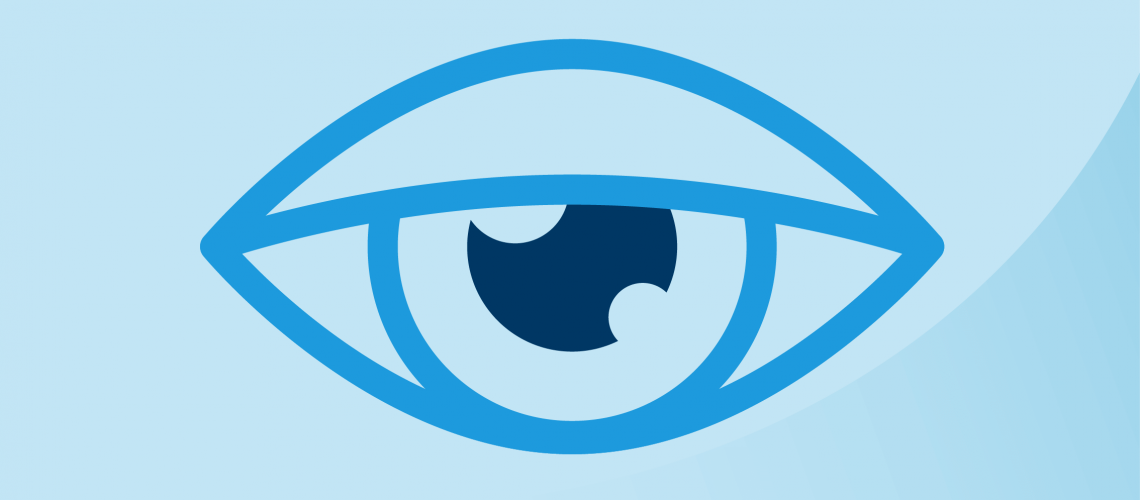Ptosis means to droop. In ophthalmology, it refers to the drooping of the upper eyelid. The lid may drop only slightly or it may drop enough to partially or completely cover the pupil, restricting or obscuring vision.
It can affect one or both eyelids, and often does so asymmetrically.
Some people are born with ptosis, however, the more common form of ptosis develops as we get older and is caused by the separation or stretching of the levator muscle tendon.
The levator muscle is responsible for lifting the eyelid.
This can occur as a result of aging and it is slightly more common in contact lens wearers, people who have had eye surgery such as cataract extraction or people who have had severe inflammation of the eyelids or conjunctivitis.
Some forms of ptosis are inherited. Occasionally ptosis is associated with other more serious neurologic conditions.
What are the symptoms of Ptosis?
Depending on the severity of the eyelid droop, the symptoms may range from complete obstruction of vision or just a forehead or brow ache from overuse of the brow muscles to lift the lid away from the visual axis.
Other common symptoms are difficulty reading or performing other visual tasks such as watching TV or driving. Some patients note a heaviness of the eyelids and describe difficulty “keeping my eyes open”. In some patients the constant over use of the eyelid muscles to compensate for the droopy lids can give them a general sense of lethargy and tiredness.
When Should Ptosis Be Treated?
Ptosis reduces field of vision, so it can be dangerous, with patients walking into overhead objects, having difficulty changing lanes and driving in general. Sometimes when the ptosis is more on one side, the patient only sees out of one eye and this affects depth vision increasing the risks of falls, especially in the elderly when walking down steps.
When ptosis is mild and patients are able to compensate without feeling constantly tired then surgery can be avoided.
Treatments:
Surgery as a day procedure, under a local anaesthetic with sedation (”twilight anaesthetic”):
- Via a lid crease incision, allowing the scar to be hidden and also any excess skin to be removed at the same time
- Via the back of the eyelid, so no skin incision at all is made
- Using a silicon sling to harness the power of the brow lifting muscles in those patients that have non-functioning levator muscles.




